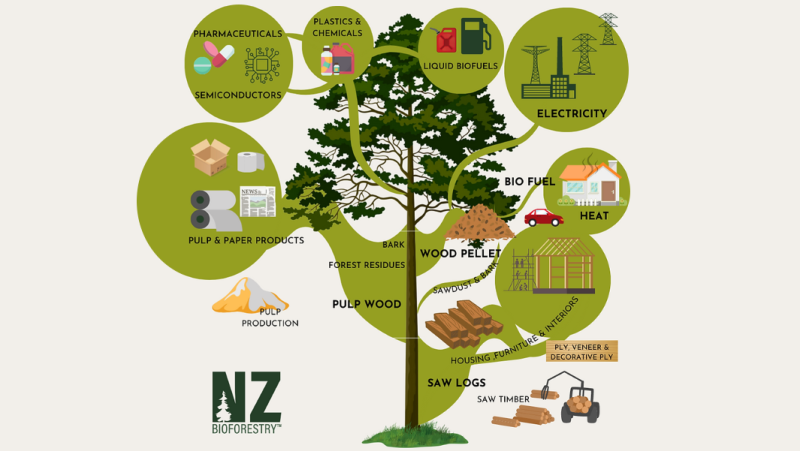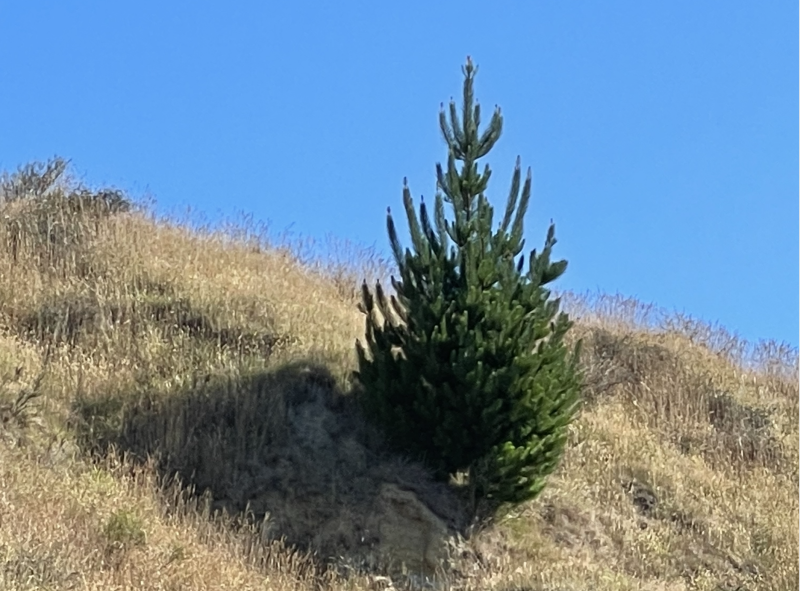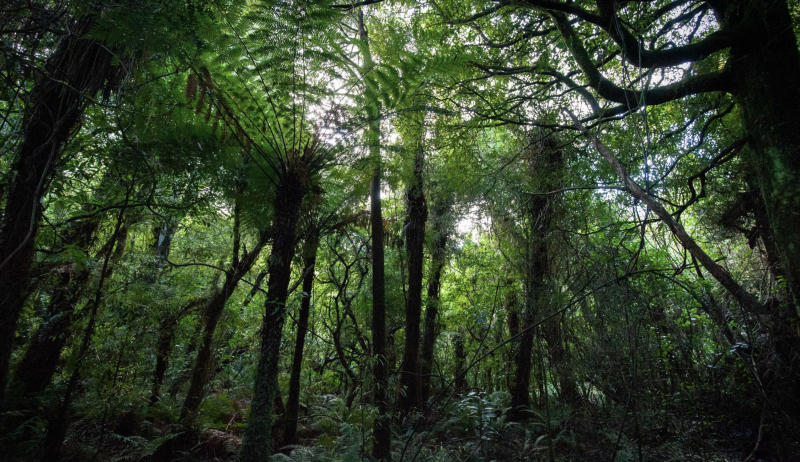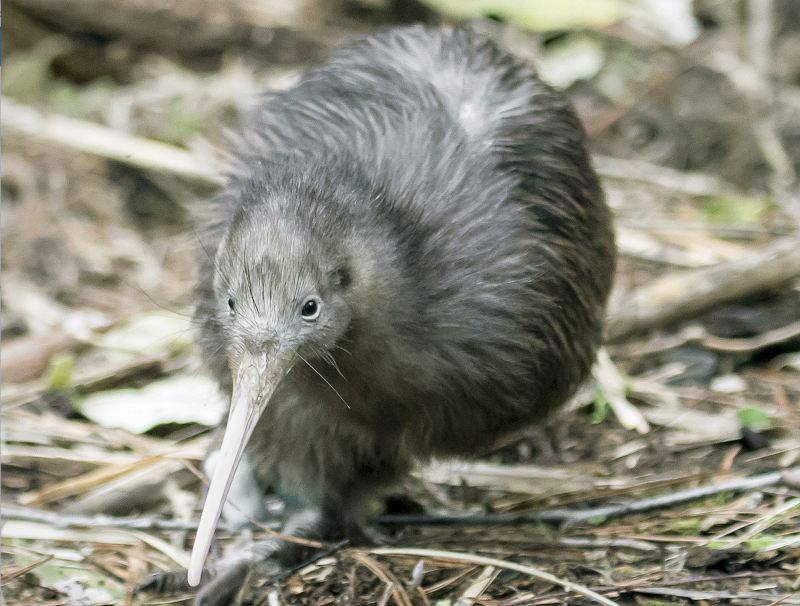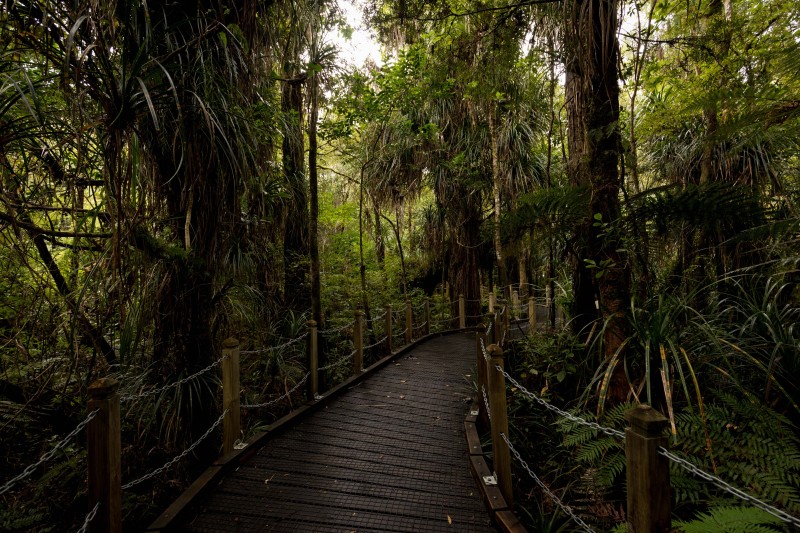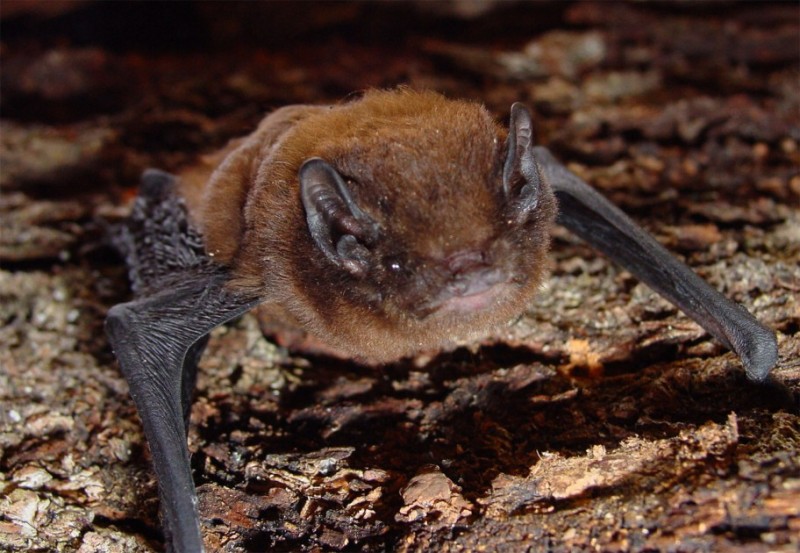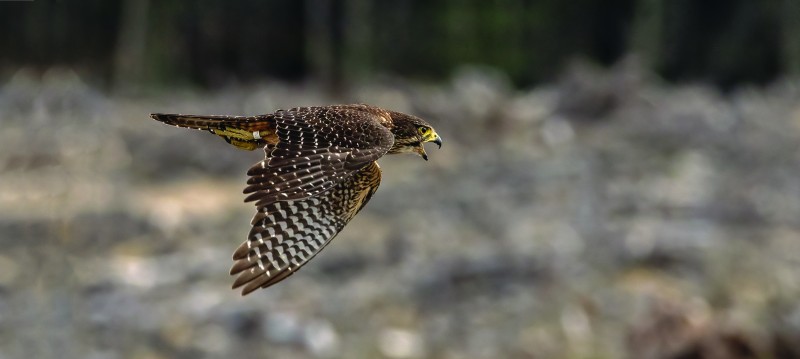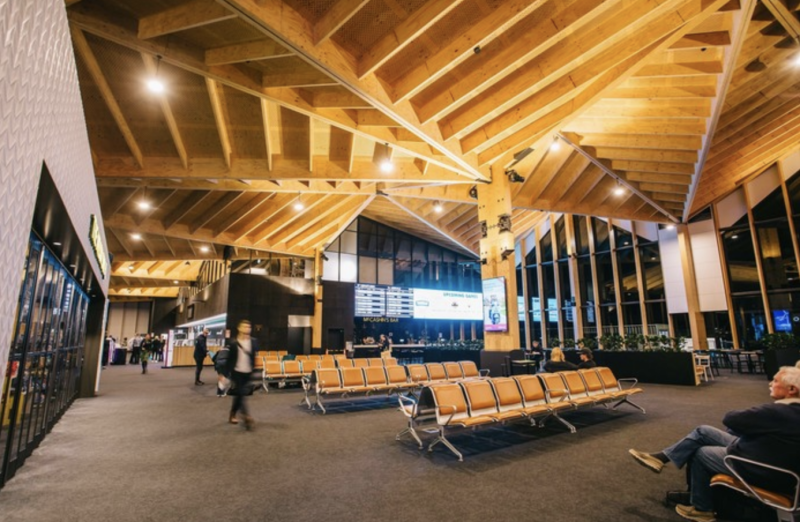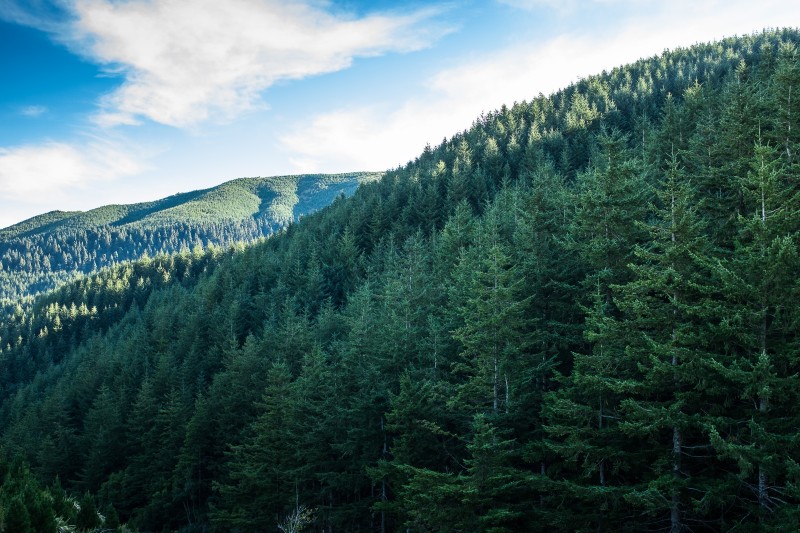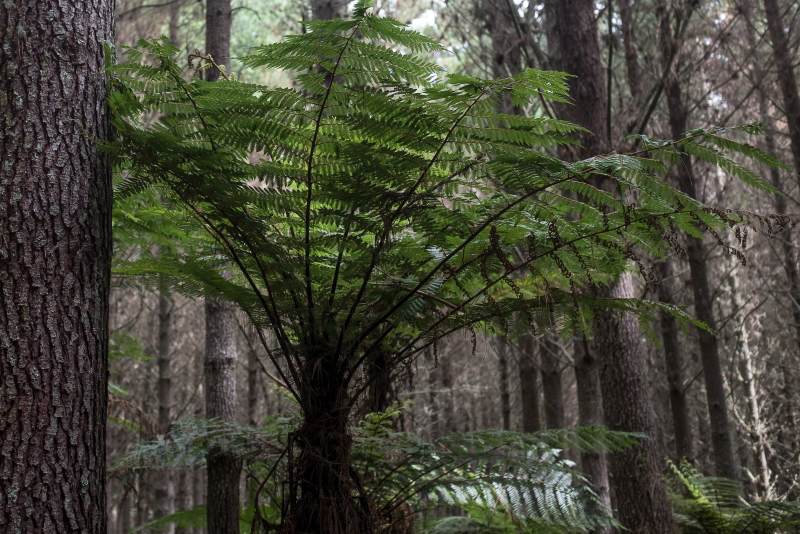What if we could use the parts of our plantation forests that might otherwise go to waste and turn them into useful products such as plastics, which are usually made from fossil fuels?
Well, it turns out we can! One company that’s already doing this is NZ Bio Forestry. Working with partners in Singapore and Taiwan, they have developed a special process to turn wood and forestry waste into biofuels, biodegradable plastics, cosmetics, food additives, disinfectants, detergents and other useful materials.
The company takes a Māori world view, which emphasizes respect for the natural world and treats the land as the foundation of life to be protected for future generations.
This technology and approach mean that Aotearoa’s renewable forestry resources can help in the shift away from the use of unsustainable and non-renewable resources, as well as reducing emissions and creating economic value.
Watch this video to learn about NZ Bio Forestry’s process for converting wood and forestry waste from pruning, thinning, and slash into valuable materials that are alternatives to fossil fuels and products:
This video discusses the future of forests and land use:

